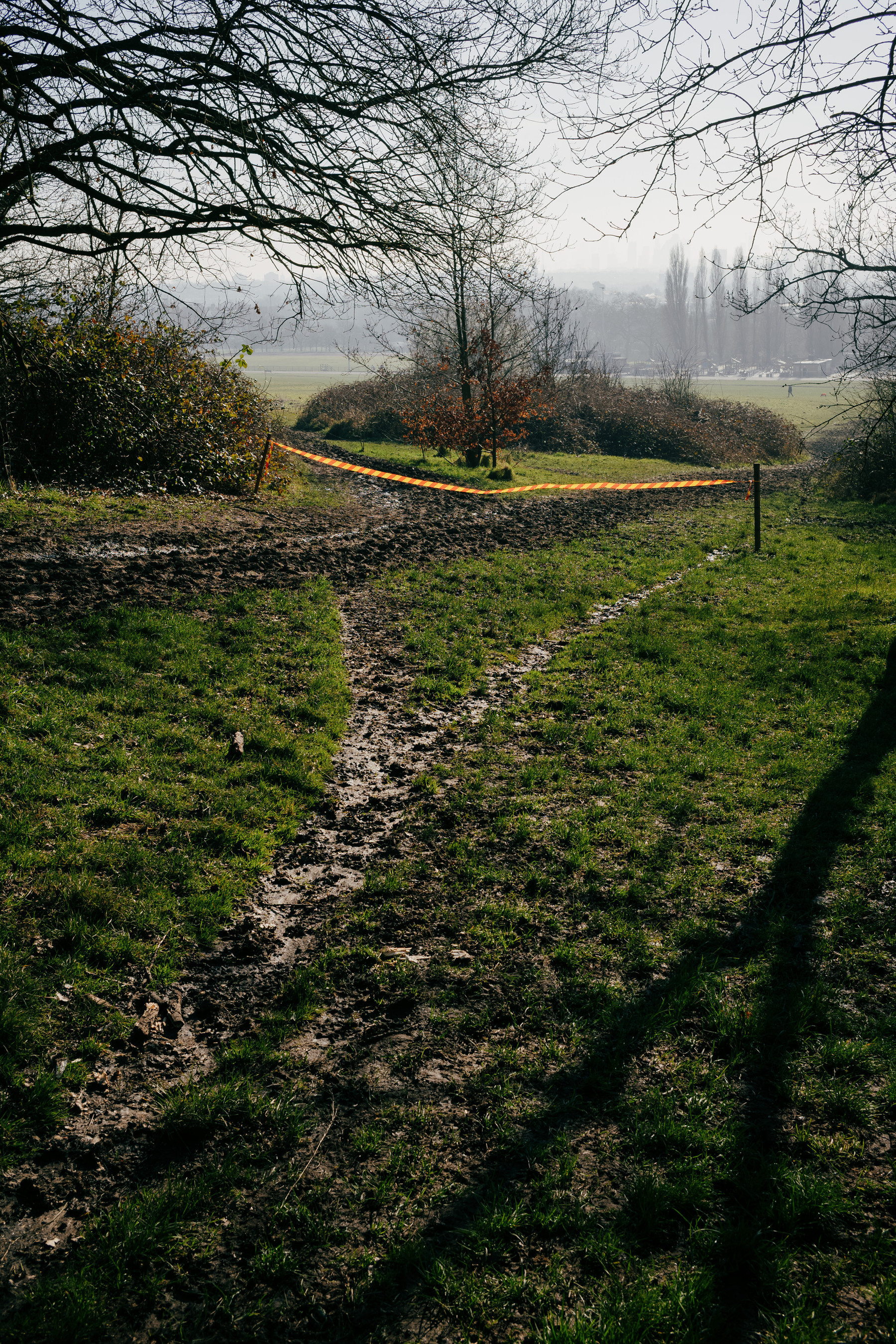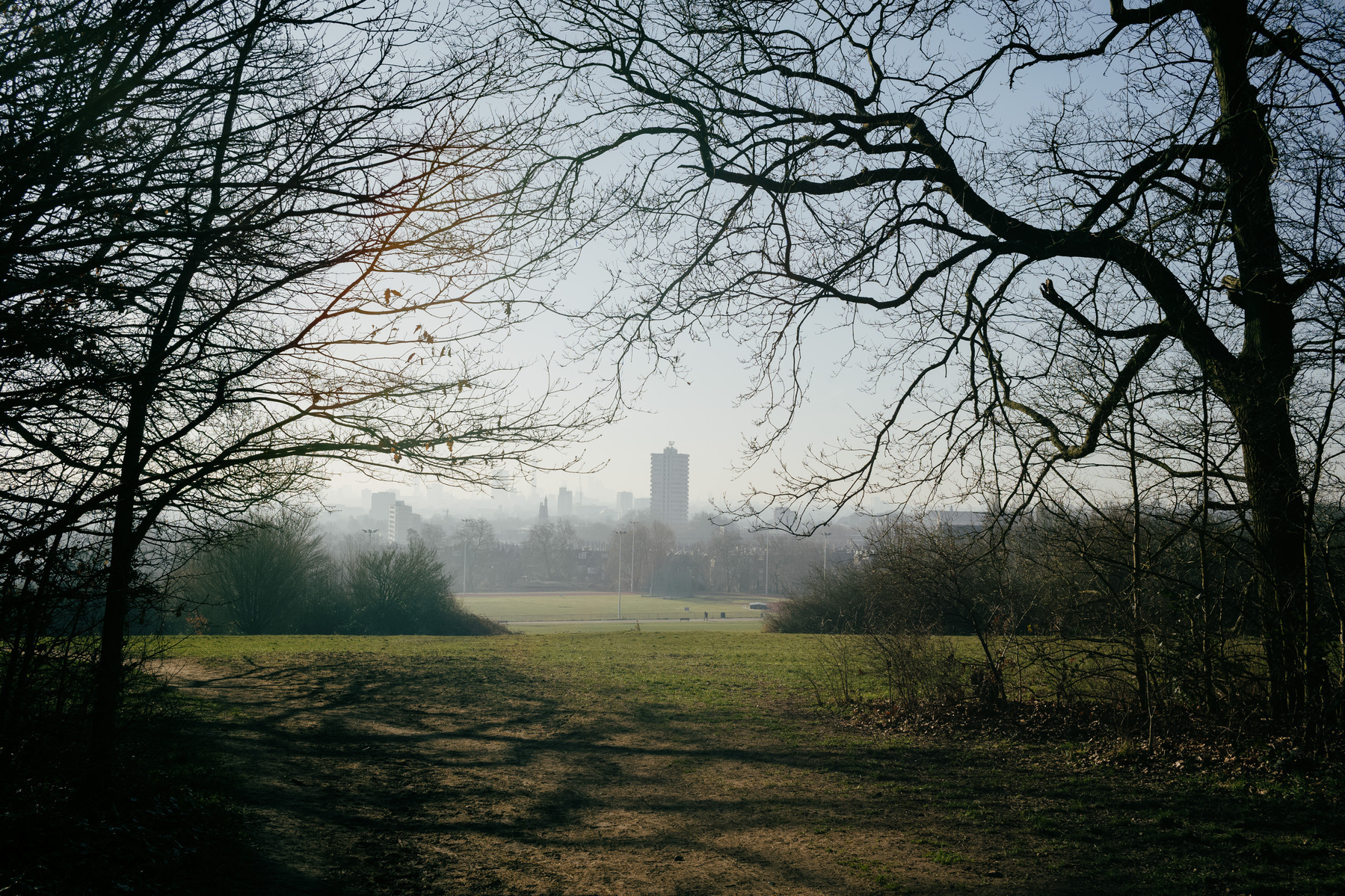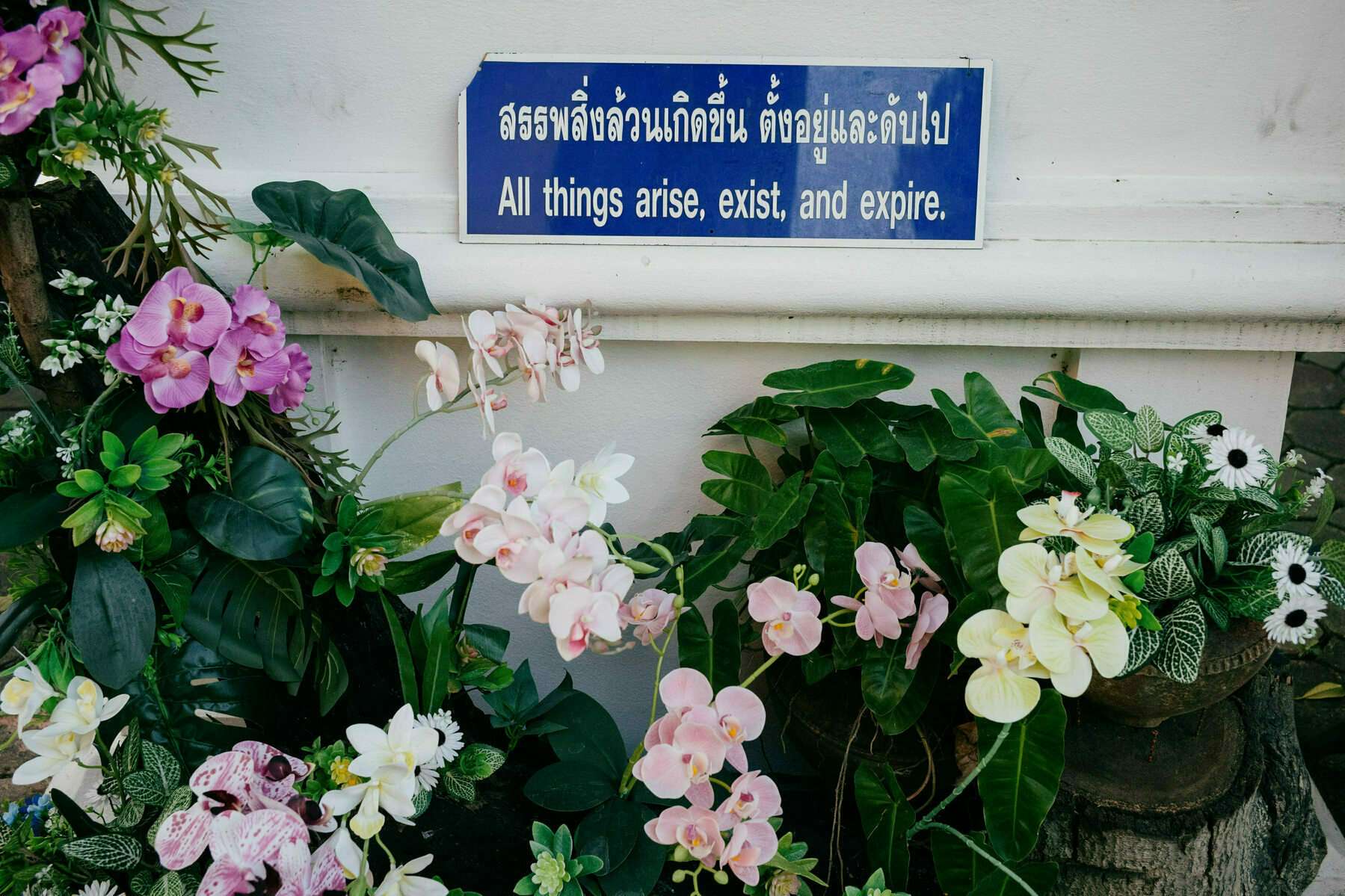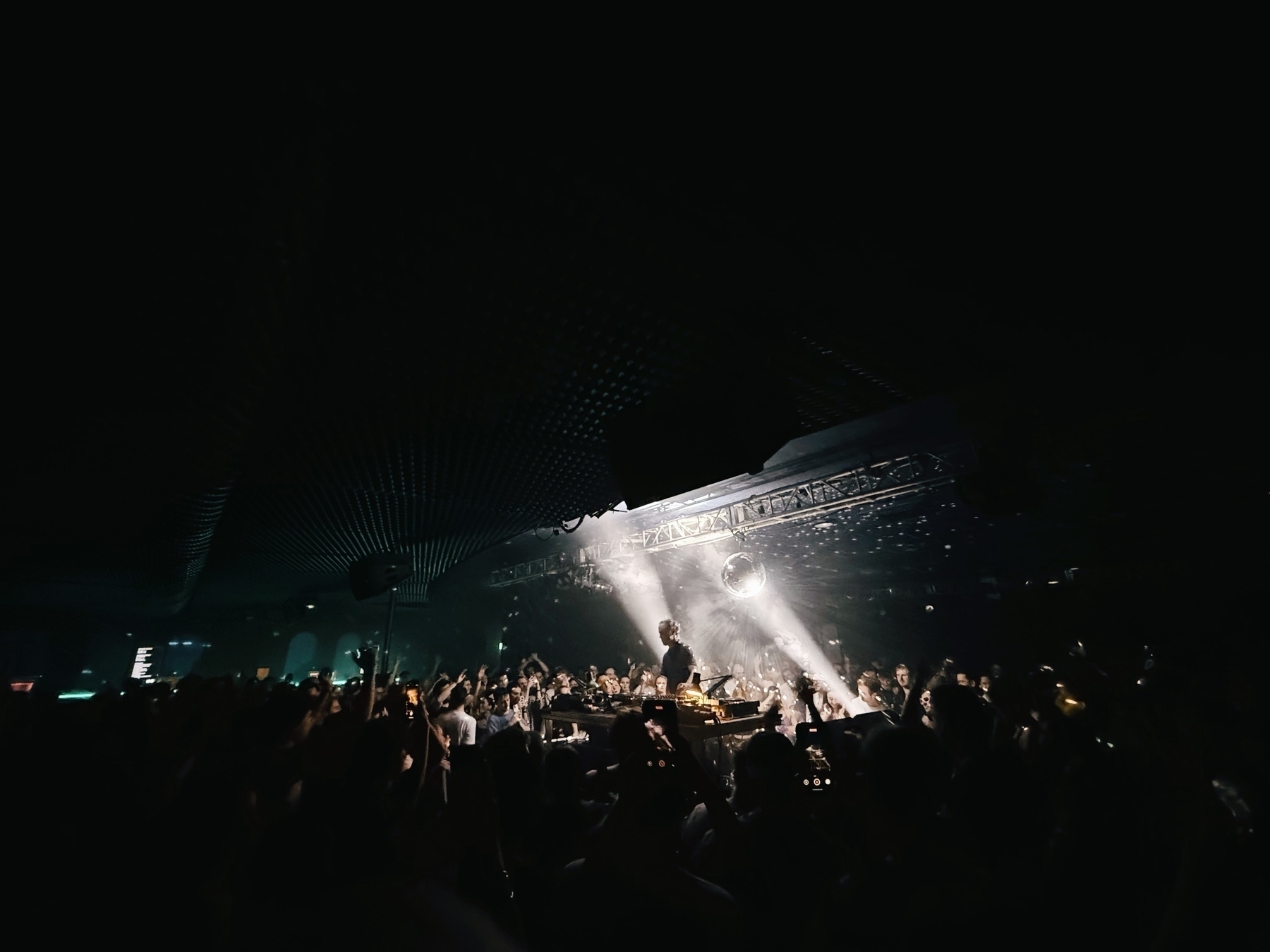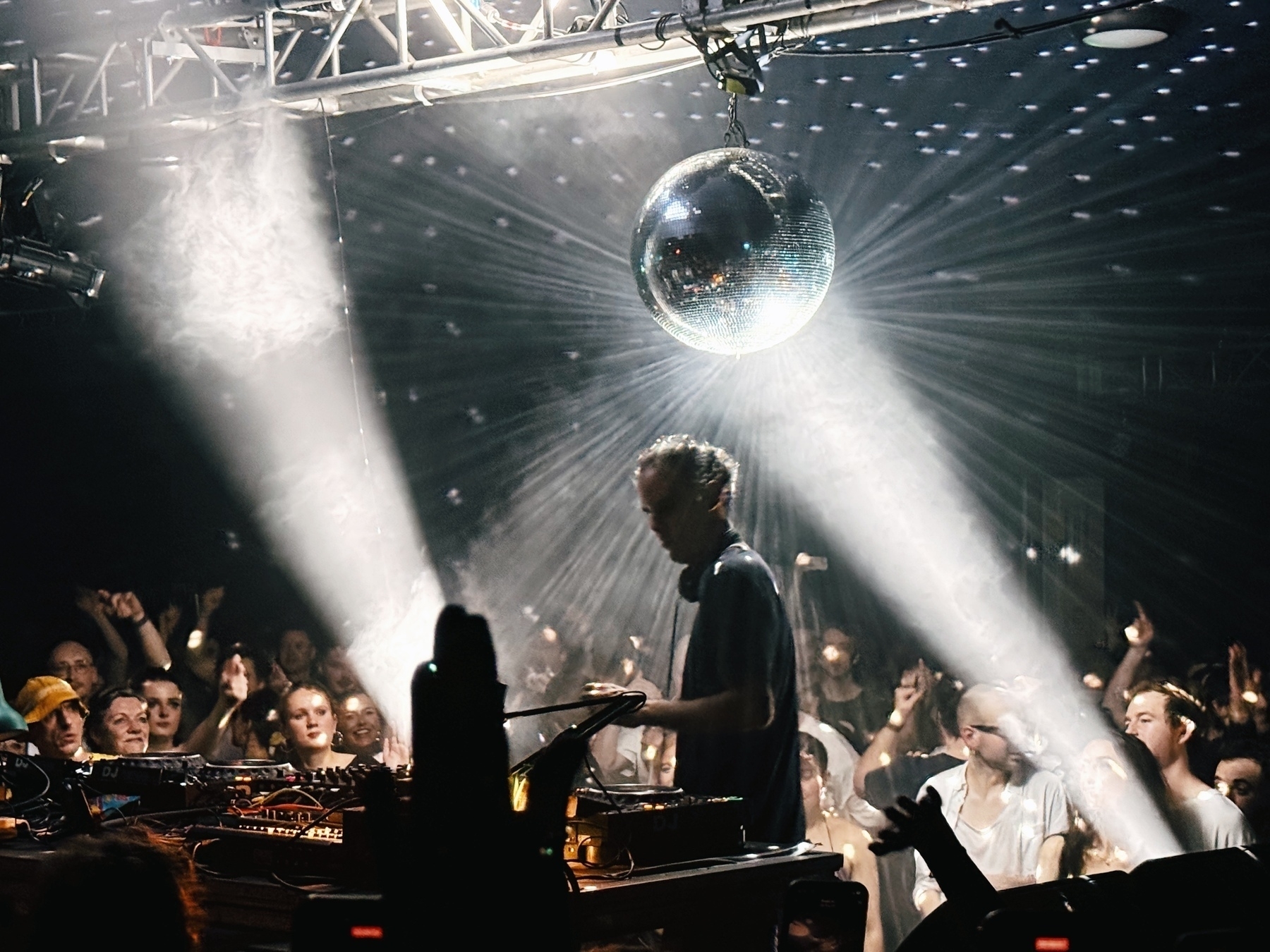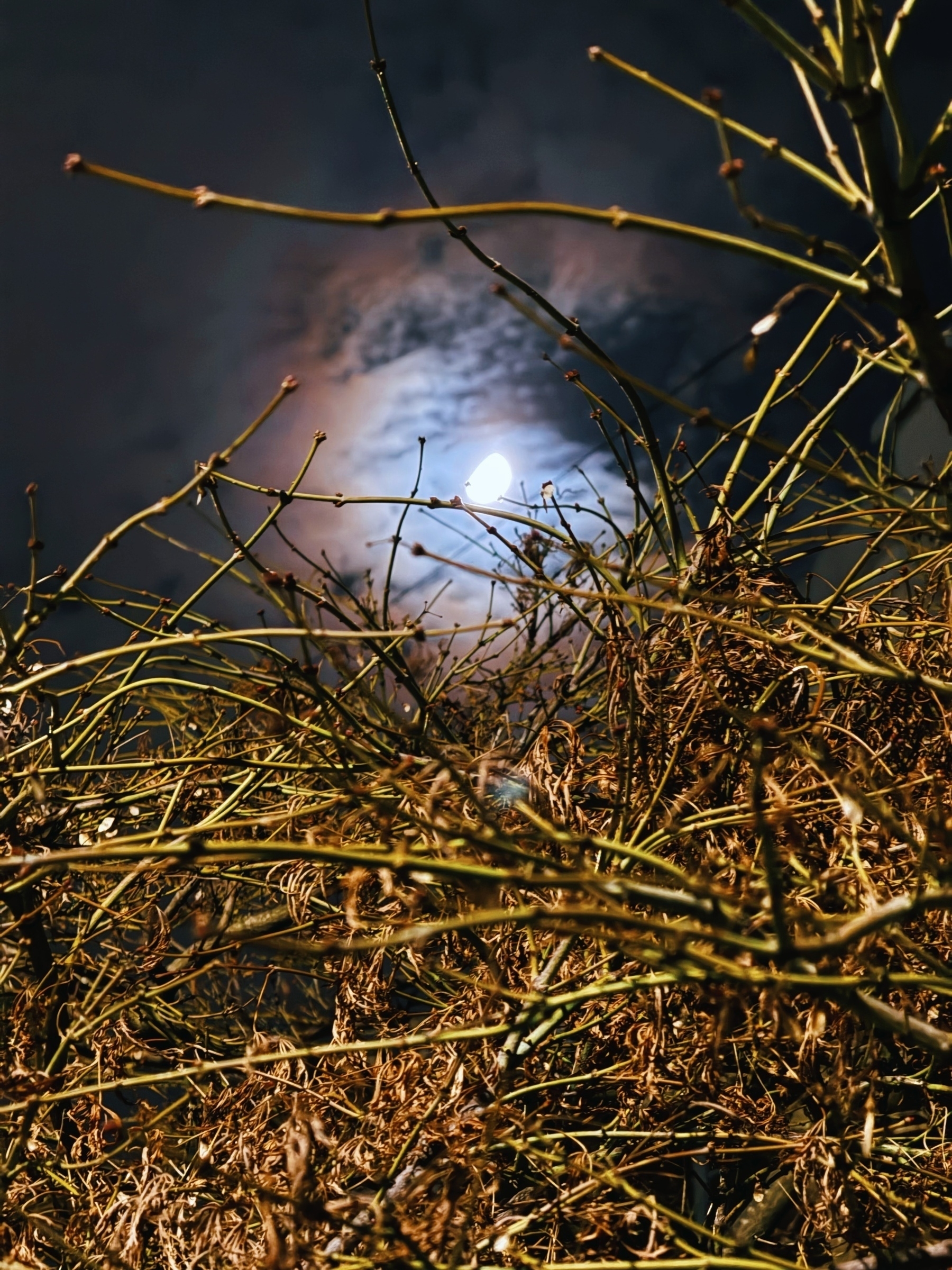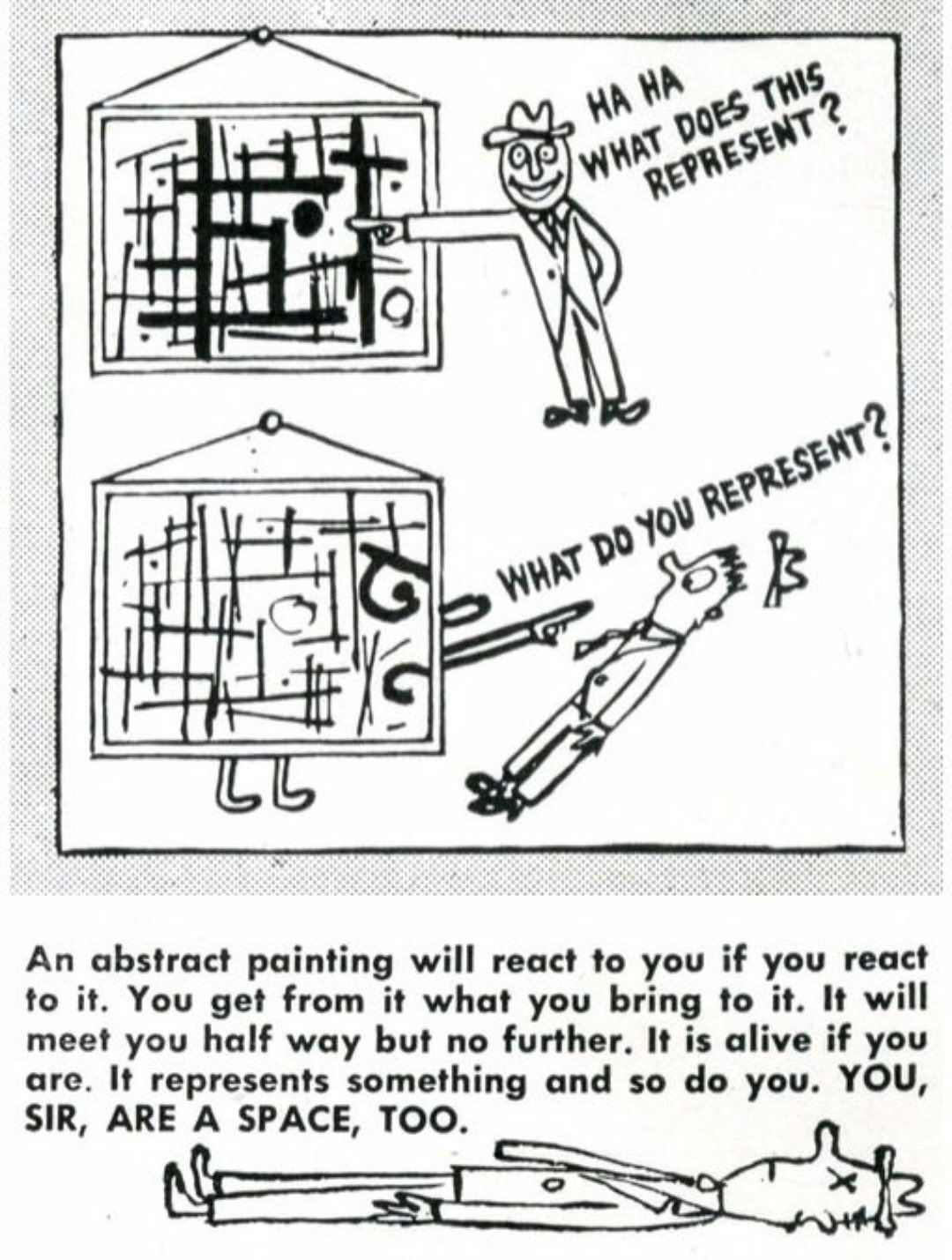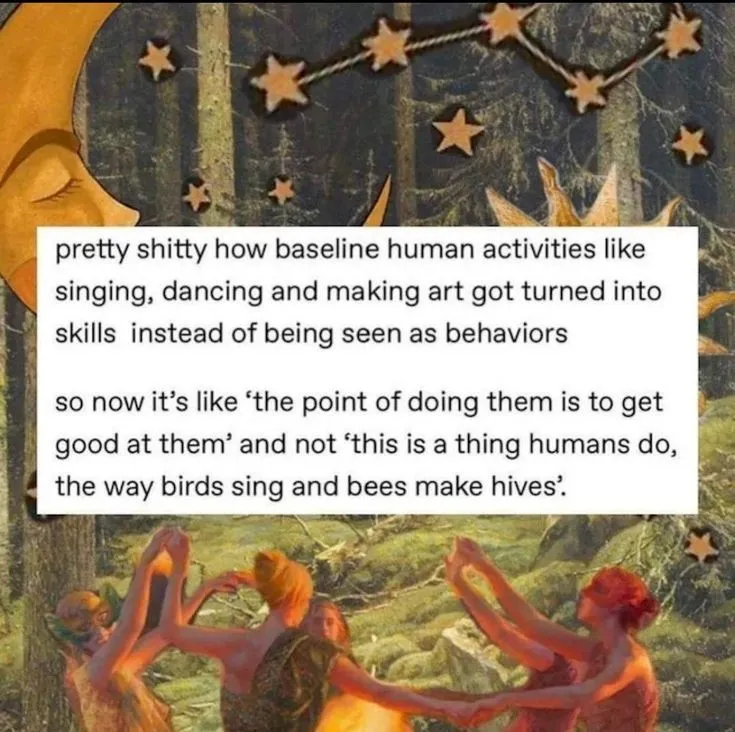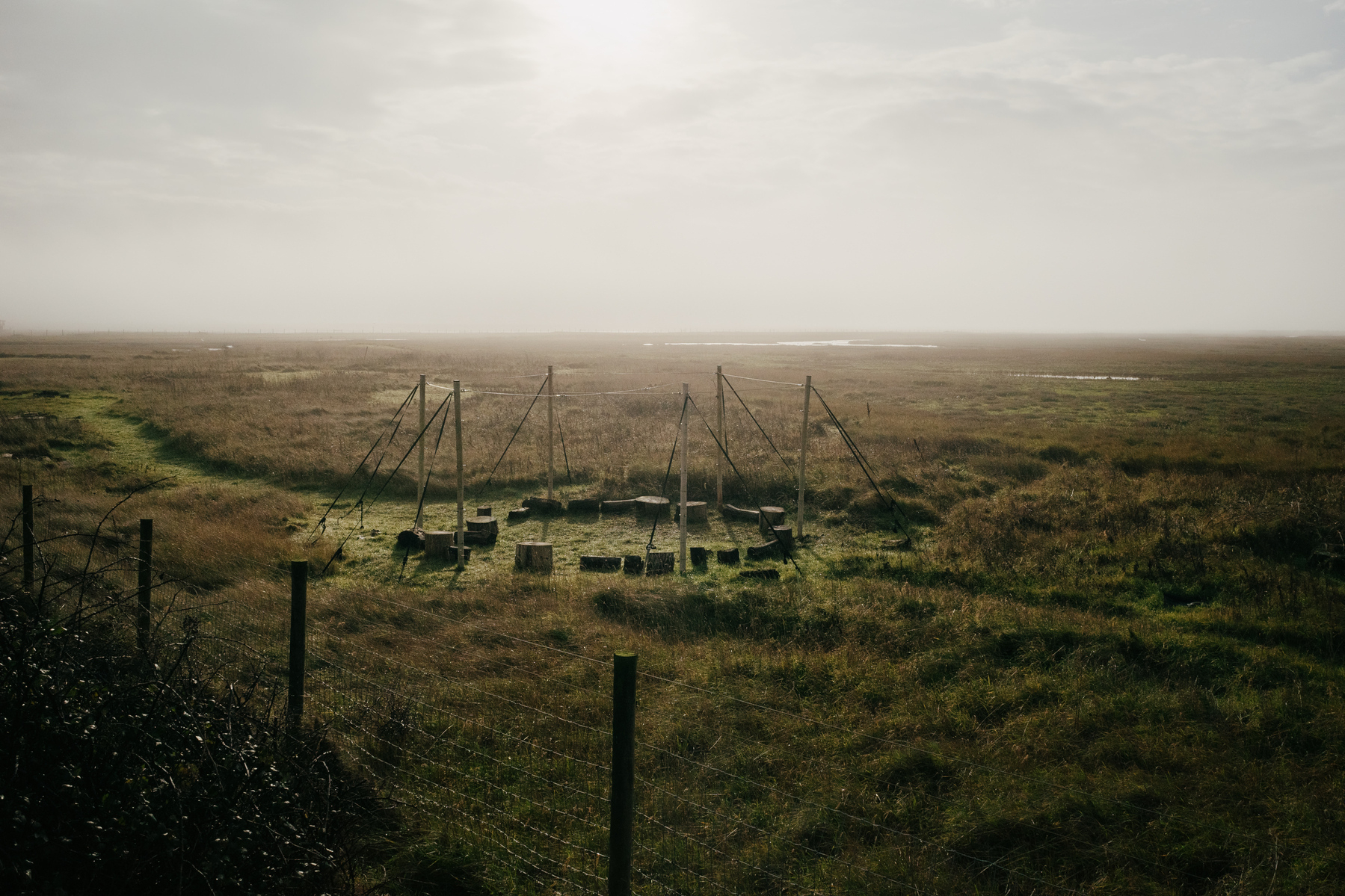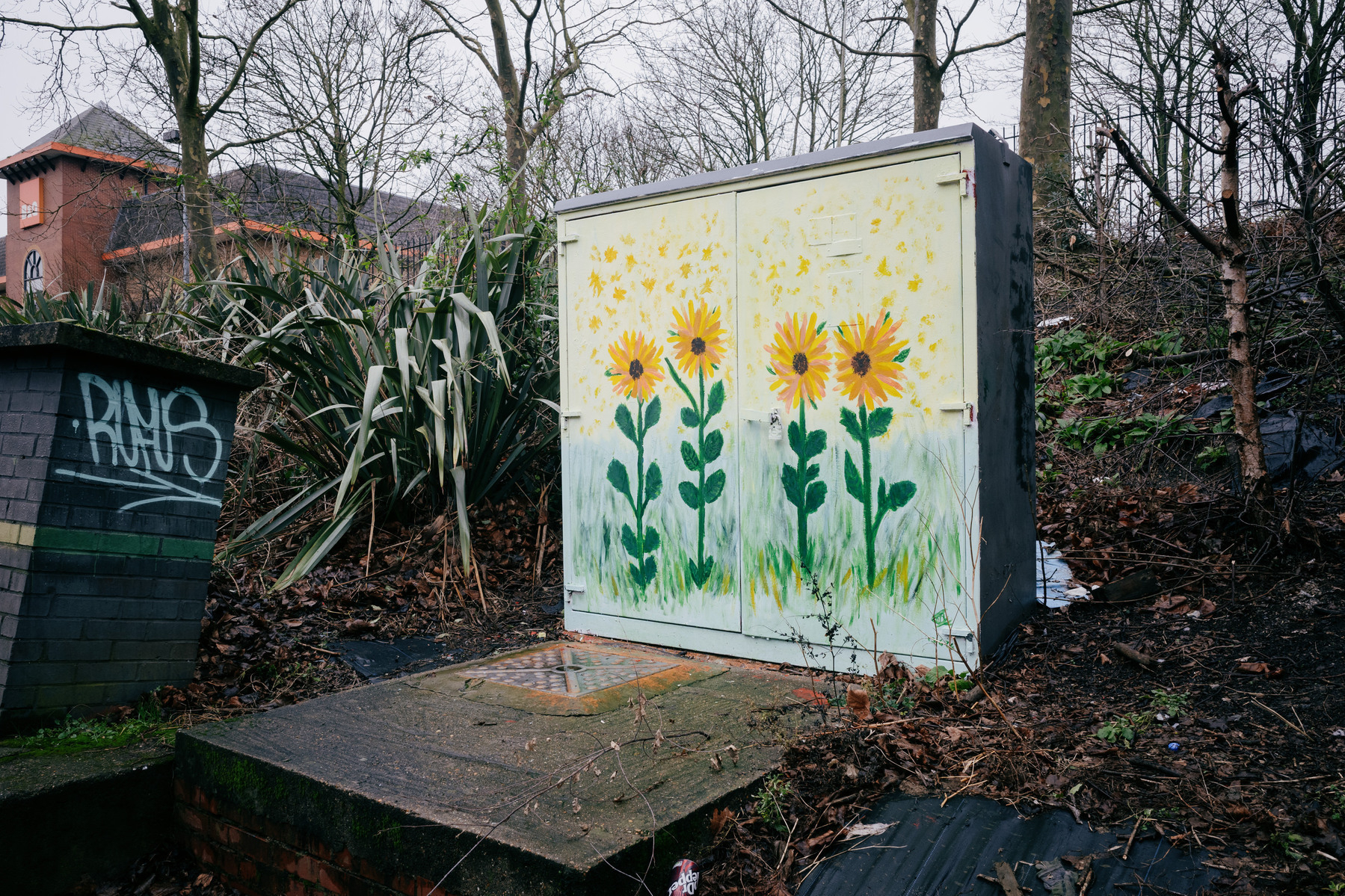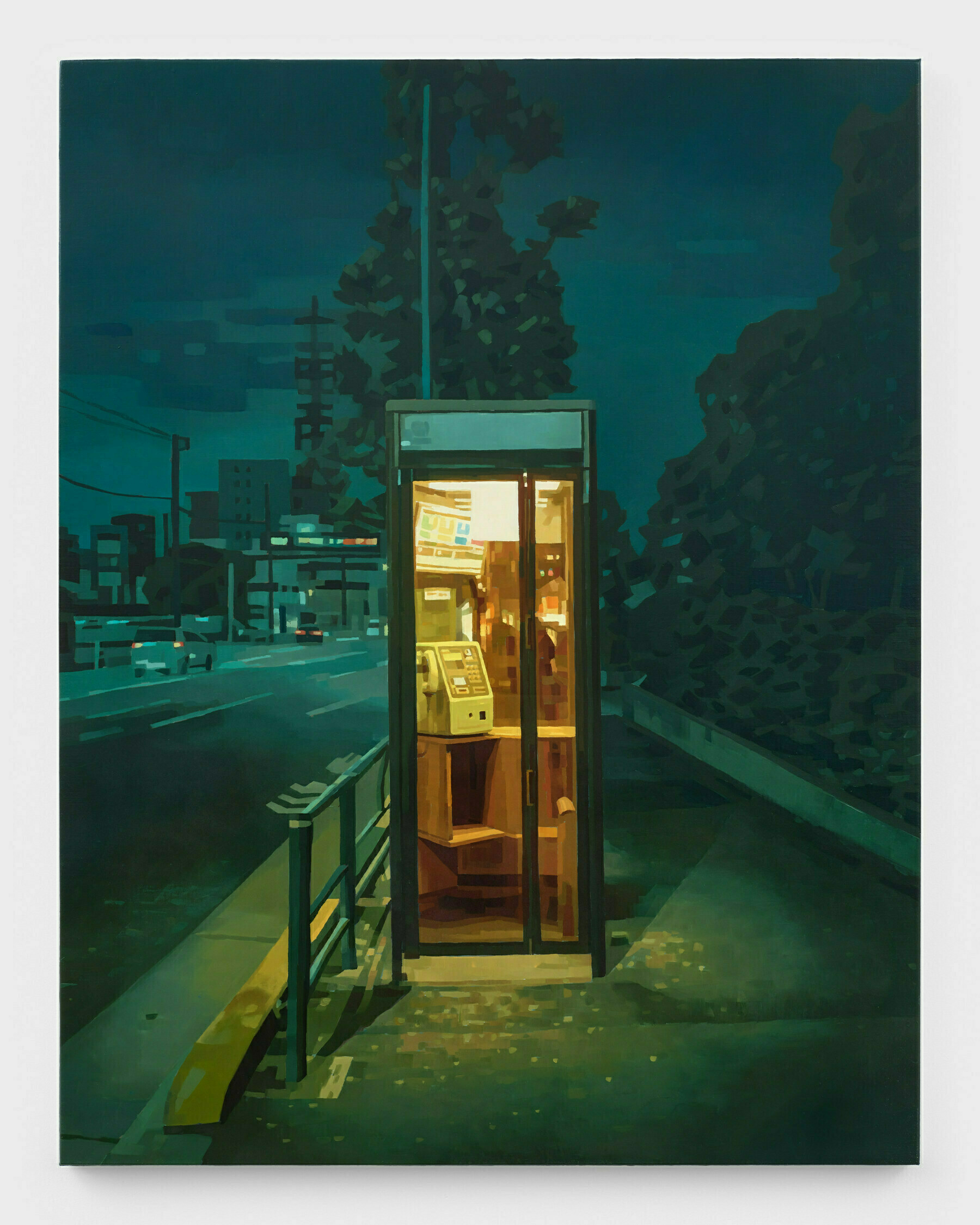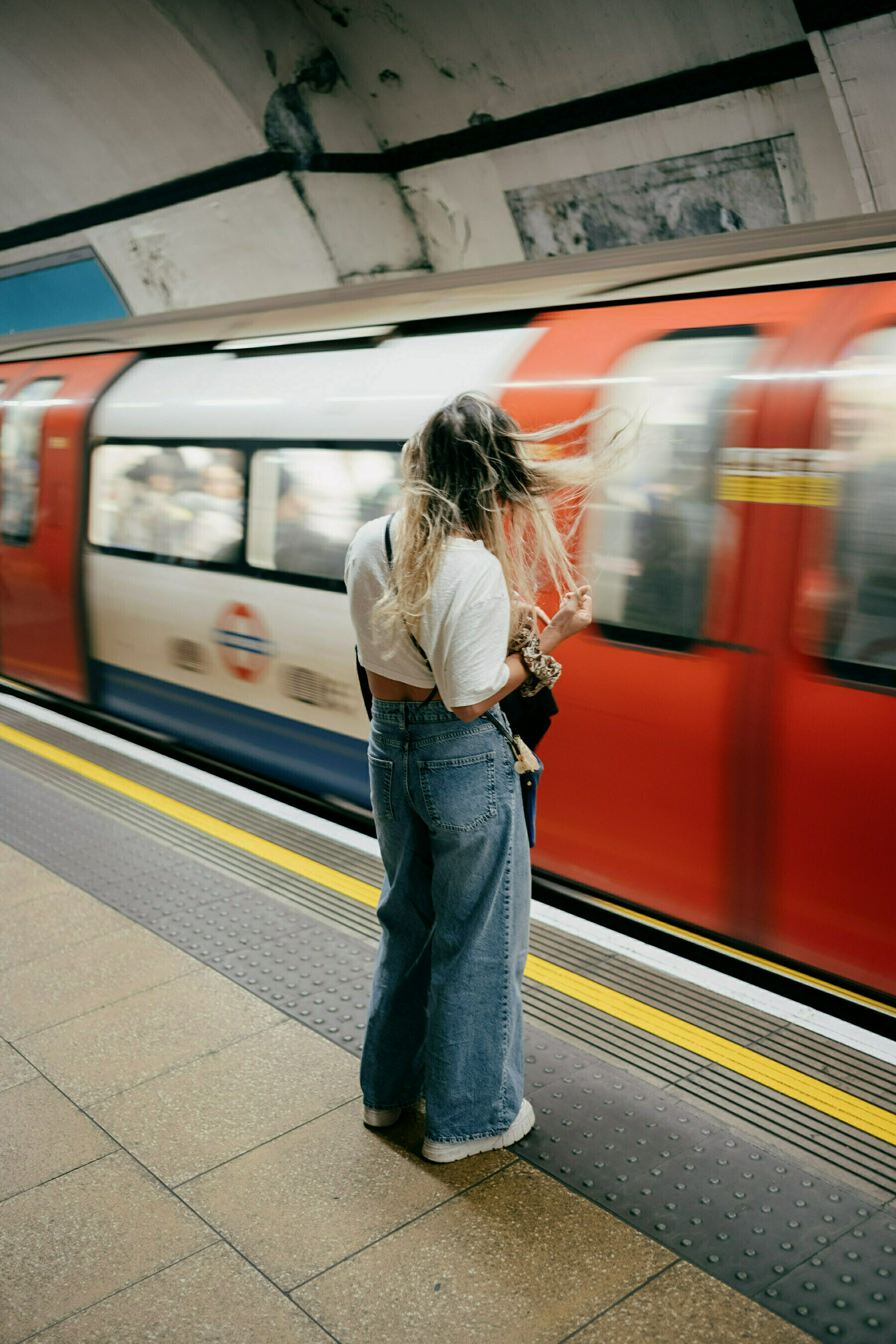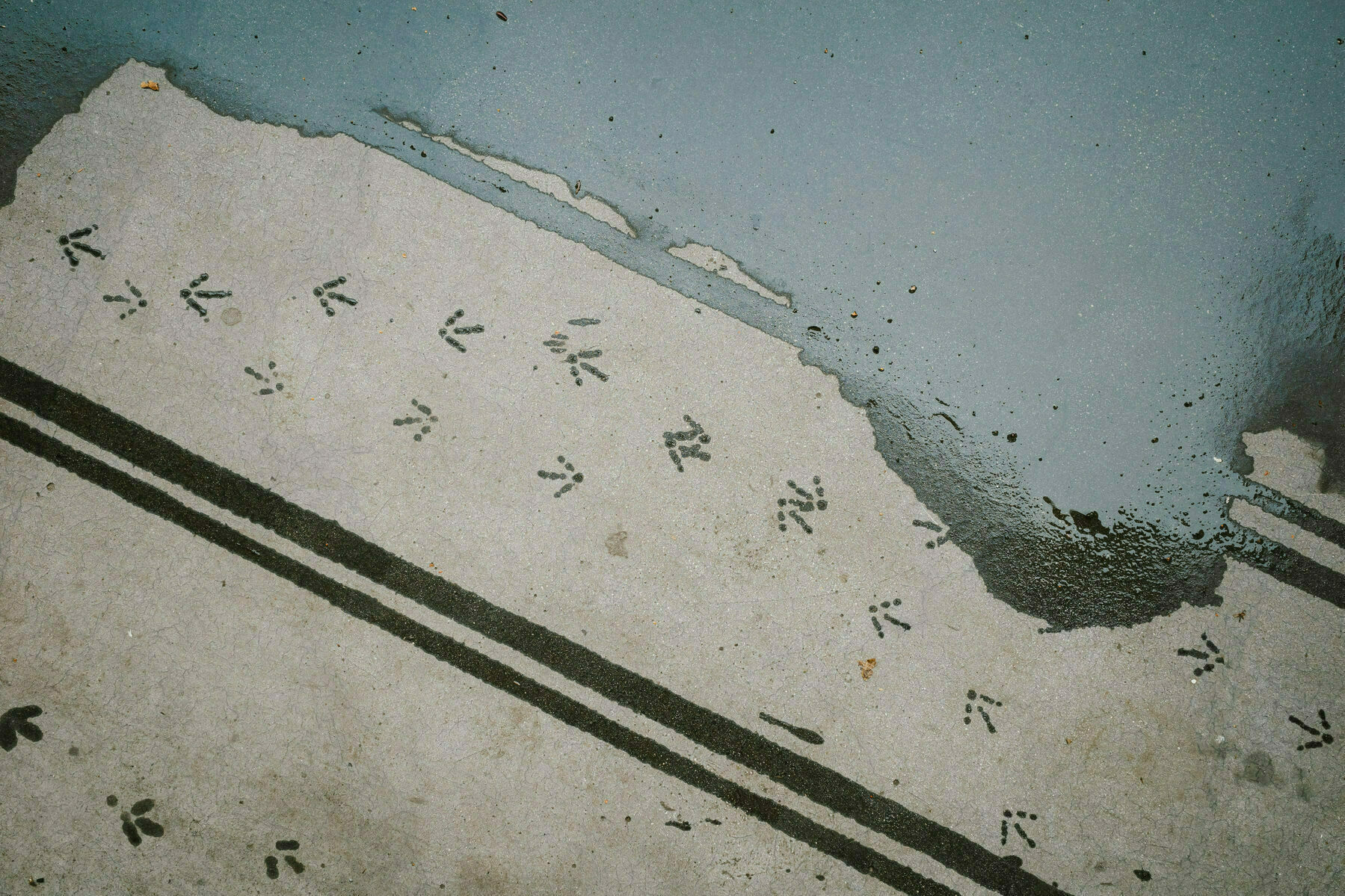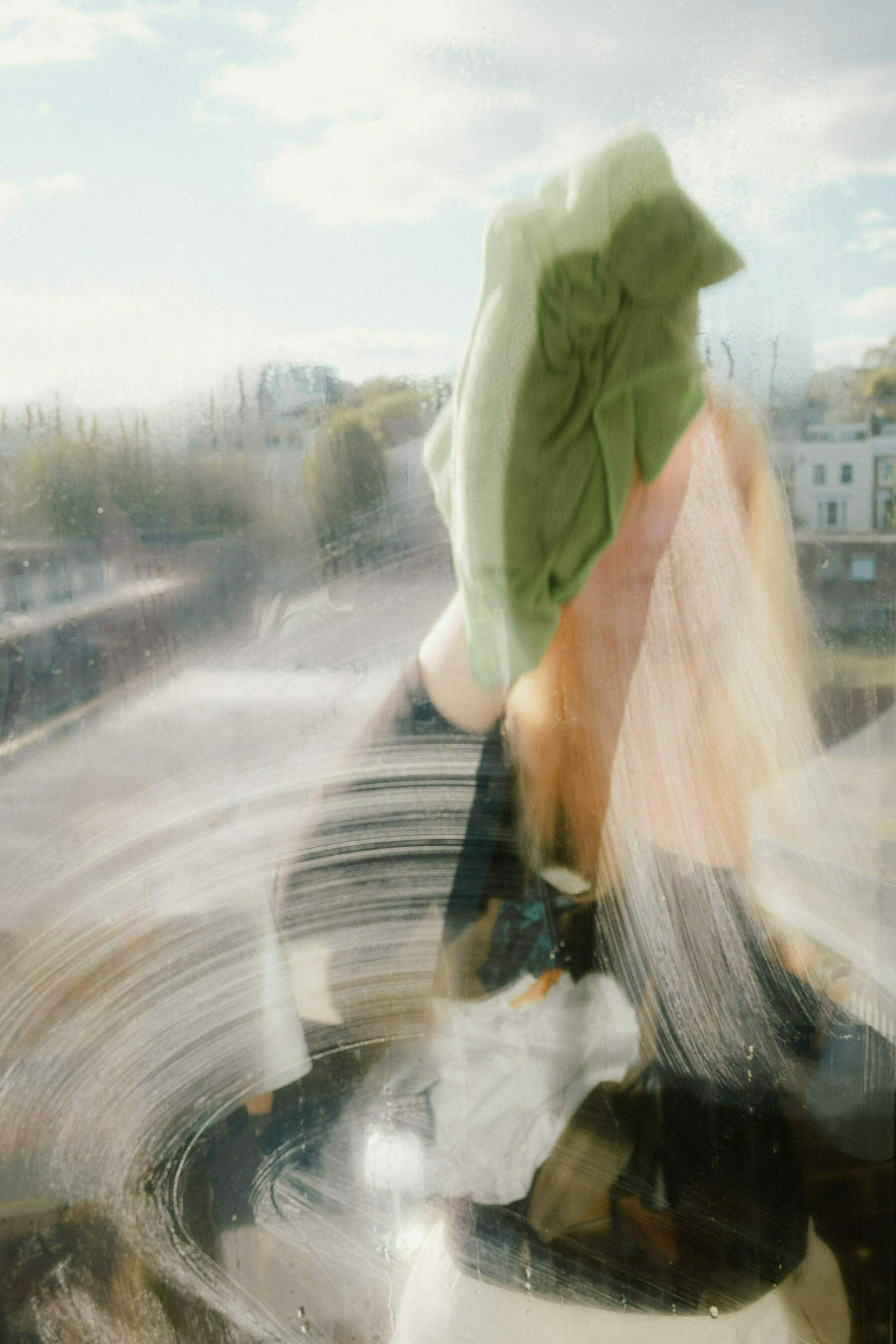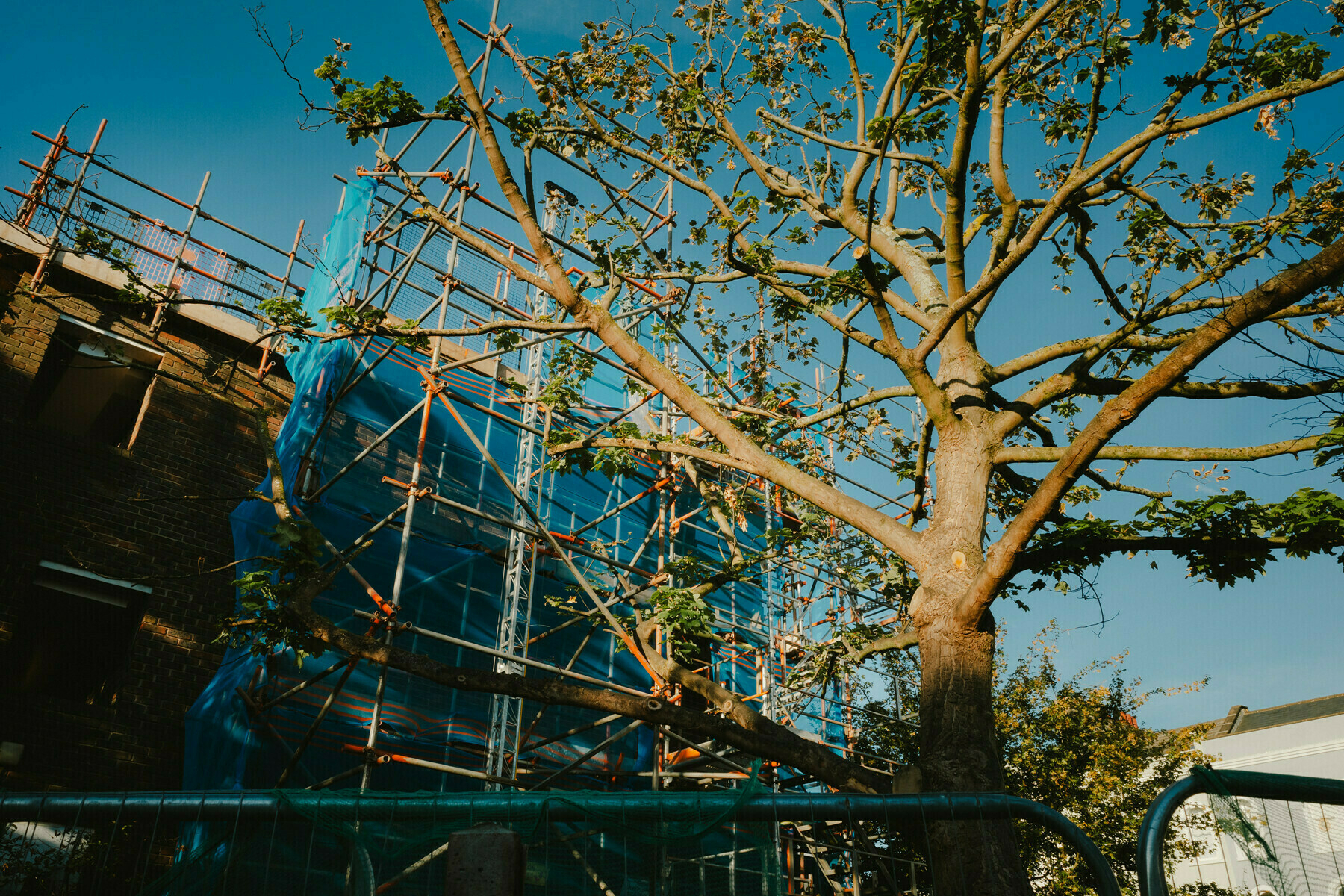Why not do it now?
— Tyler Cowen
I don’t think of it as art — I just make things I like bigger, assuming that if I like them some other people might too.
— Corita Kent
Tomorrow
The one thing all fools have in common is that they are always getting ready to start.
—Seneca.
“The sure sign of an amateur is that he has a million plans and they all start tomorrow.”
Steven Pressfield, from Turning Pro
“ANYTHING GOES. NO RULES. NO RESTRICTIONS. NO LIMITS”
— William Klein
I feel like commercials exist in the world with us and we have no say in whether we see them or don’t see them. And therefore they should serve the function of art. … they inhabit the world I live in and I want the world that I live in, quite selfishly, to be beautiful and to teach me something and to have artistic merit.
— Joe Connor
From part one of this excellent interview with Joe on Setnotes.
Writing a blog is nothing like writing for publication. There is no preexisting audience you have to please. The audience is created as a reflection of your curiosity. A blog post is a very long and complex search query to find fascinating people and make them route interesting stuff to your inbox.
— Henrik Karlsson
“Your job as a writer is to imagine yourself into the lives of people who are not you . . . and, that way, provide a gateway for readers to also imagine themselves into the lives of others so that we can build up a community of shared understanding.”
—Caryl Phillips
I think this is what good documentary and portrait photography is doing too. You have to meet the subject as they are, without preconception or categorisation, so that your picture becomes a door into their world. The focus is on what makes them individual, rather than using them to illustrate a universal.
H/t Russell Davies
“Photography is the only language that can be understood anywhere in the world.” —Bruno Barbey
Zen Didion
Nov 2, 2024INTERVIEWER: There’s a certain aesthetic to the way you live. You once talked about using good silver every day.
DIDION: Well, every day is all there is.
Photography, for me, is a spontaneous impulse, the result of a constant awareness, which captures both a moment and eternity. Drawing, by contrast, expands on what our consciousness has taken from the moment. Photography is an action, drawing is a meditation.
—Henri Cartier Bresson
A fun and opinionated set of rules for photography from photographer and former teacher Charles H. Traub — Do’s and Don’ts (found via Andy Adams newsletter, FlakPhoto).
And some of my own photography rules and advice from my (currently hibernating) newsletter here.
Meditations for Mortals and other Reading
Sep 24, 2024“If you don’t prioritise the skill of just doing something, you risk falling into an exceedingly sneaky trap, which is that you end up embarking instead on the unnecessary and, worse, counterproductive project of becoming the kind of person who does that sort of thing.” —Oliver Burkeman
I’m reading a chapter a day from Oliver Burkeman’s pragmatic and wise new book Meditations for Mortals. This has been an apt way to approach a book which suggests that daily-ish is a perfect tempo for the important things in life. It’s allowed me to hold each chapter’s core idea in mind as I move through the world — seeing if it feels true and if there is a space where I can apply it.
I like the central conceit: that it’s impossible to do everything that you need or want to do, and that accepting your finitude sets you free to act without drama, as and where necessary. You can give up the delusion that you will ever be ‘done’ — that one day the conditions will be right for you to do the thing you’ve been putting off. Instead you can look for decisions that you can take now, merely do a thing that needs to be done, and move forward without agonising or procrastinating.
As the chapters are short, I’m enjoying using any remaining reading time to rotate through a small collection of books, dipping in here and there. I’ve previously been someone who dourly ploughs through one book at a time, resolute about finishing, even if my progress has slowed to a crawl, but I’ve been reading much more since I finally took Austin Kleon’s advice to ditch books that bore you and flit around to keep things fresh. (I also like his advice about letting books talk to each other). The first essay in the Calvino collection (below) is about the quality of ‘lightness’ in literature, and recently I find that it applies to many other aspects of life. There is something about loosening your grip, a certain allowing, that makes doing hard things easier. In fact, perhaps the secret is that treating hard things as hard is a recipe for proving yourself right.
In the mix at the moment:
- Meditations for Mortals by Oliver Burkeman
- In Writing by Hattie Crisell
- Six Memos for the New Millenium by Italo Calvino
- The Dark Forest by Cixin Liu
- The Beginning of Infinity by David Deutsch
- A Pattern Language by Christopher Alexander
